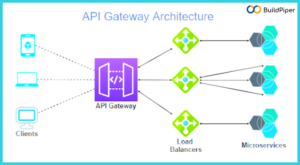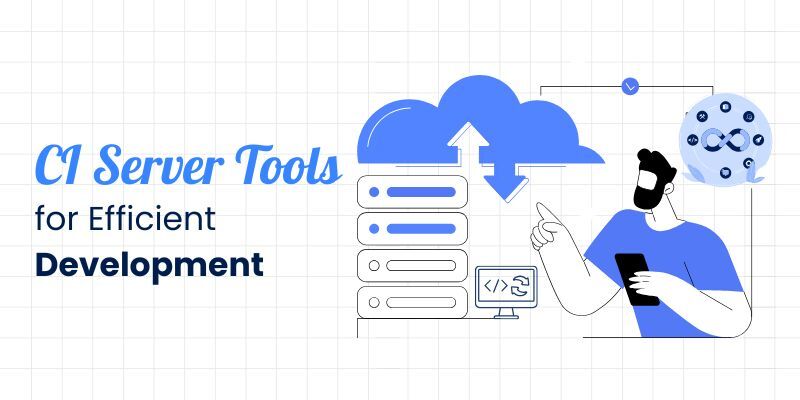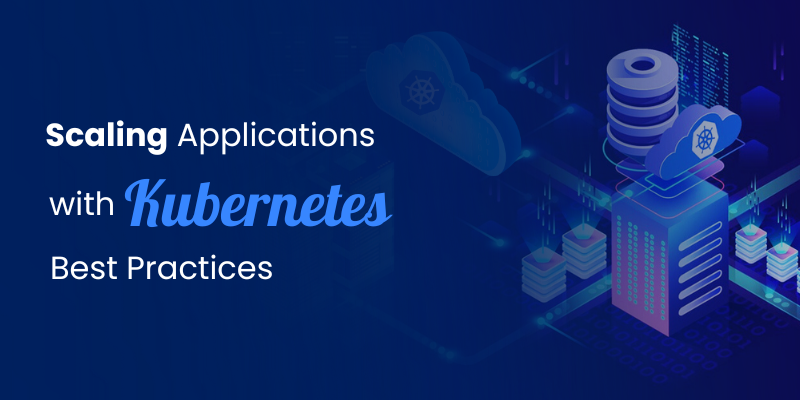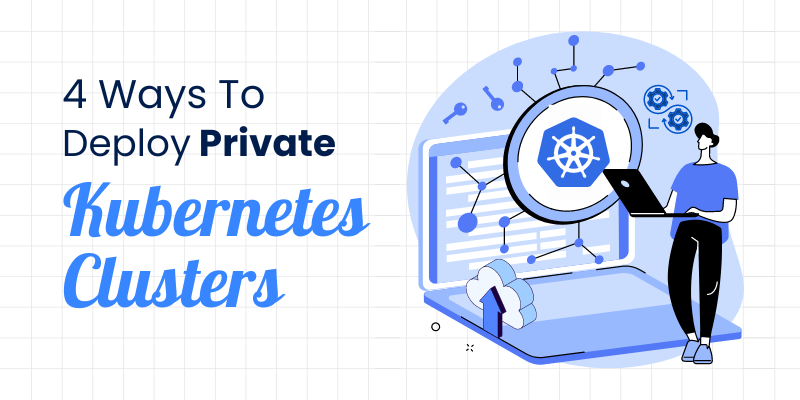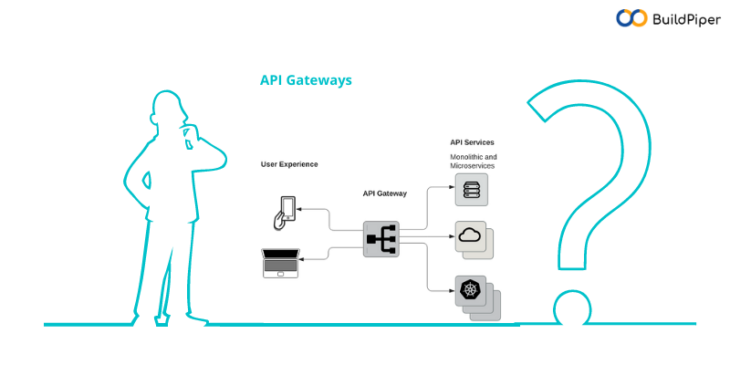
API Gateway is a vital component of the Microservices architecture. An API gateway is a software pattern that is placed in front of an application programming interface (API) or group of microservices, to facilitate incoming requests and outgoing delivery of data and services. Read about API Gateway, its benefits and how it works, here in this API Gateway documentation!
What is an API Gateway?
What’s the real API Gateway meaning? An API gateway is an API management tool that exists between a client and a collection of backend services. An API gateway acts as a reverse proxy to accept all application programming interface (API) calls, aggregate the various services required to fulfil the requests and then return the appropriate result.
The Main Function of an API Gateway!
An API gateway that takes an application user’s request, routes it to one or more backend services, gathers the appropriate data and delivers it to the user in a single, combined package. It also provides analytics, protection against threats and other security for the application.
The primary role of an API Gateway is to act as a single entry point and standardized process for interactions between an organization’s apps, data and services and internal and external customers.
How does an API Gateway work?
APIs allow separate applications to communicate with each other and exchange data within and outside the architecture. The API gateway provides a central focal point and standard interface to perform these exchange activities. It receives requests from internal and external sources, called “API calls,” and packages these multiple requests, routes them to the appropriate API or APIs, and then delivers the responses to the particular user or device that made the request.
Other Functions that API Gateways handle!
Other important functions related to Microservices that API gateways often handle include,
- Protocol translation
- Service discovery for identifying the location of service instances.
- Building basic business logic within each service
- Authentication and security policy enforcements
- Stabilization and load balancing
- Cache management
- Monitoring, logging and analytics
Benefits of using API Gateways!
After reading about API Gateway meaning, now let’s read about its benefits. API Gateways are essential to a microservice architecture. Some of the benefits of using API Gateways include,
- An API Gateway authenticates all traffic before routing it to the target service. It can perform self-authentication itself or use external authentication providers to accomplish the task.
- An API Gateway can provide a service registry that keeps a record of all available service instances.
- An API Gateway can protect services from spikes or DDoS attacks.
- An API gateway has the ability to collect metrics, logs, and traces about all inbound traffic passing through it.
Caveats of using API Gateways!
This API Gateway documentation would be incomplete without discussing the key caveats that you must bear in mind before adding it to your applications. An API Gateway can enhance your microservice-based application with capabilities such as authentication, traffic management, load balancing, threat protection, and observability. If not properly configured, it can shut down the entire application. So, before adding it to your application architecture, your team must do a proper analysis of the app features and the real problem that it needs to address!
But, it’s not as simple as it looks so, managing microservices is in itself a demanding and challenging task. Monitoring, maintaining and deploying Microservices is undoubtedly a tough row to hoe! Adopting a powerful microservices management platform such as BuildPiper, packaged with incredible functionalities, can be a great option to go for!
Consult our tech experts to get immediate assistance on your critical business scenarios NOW!

